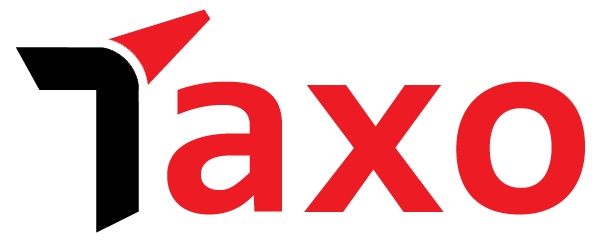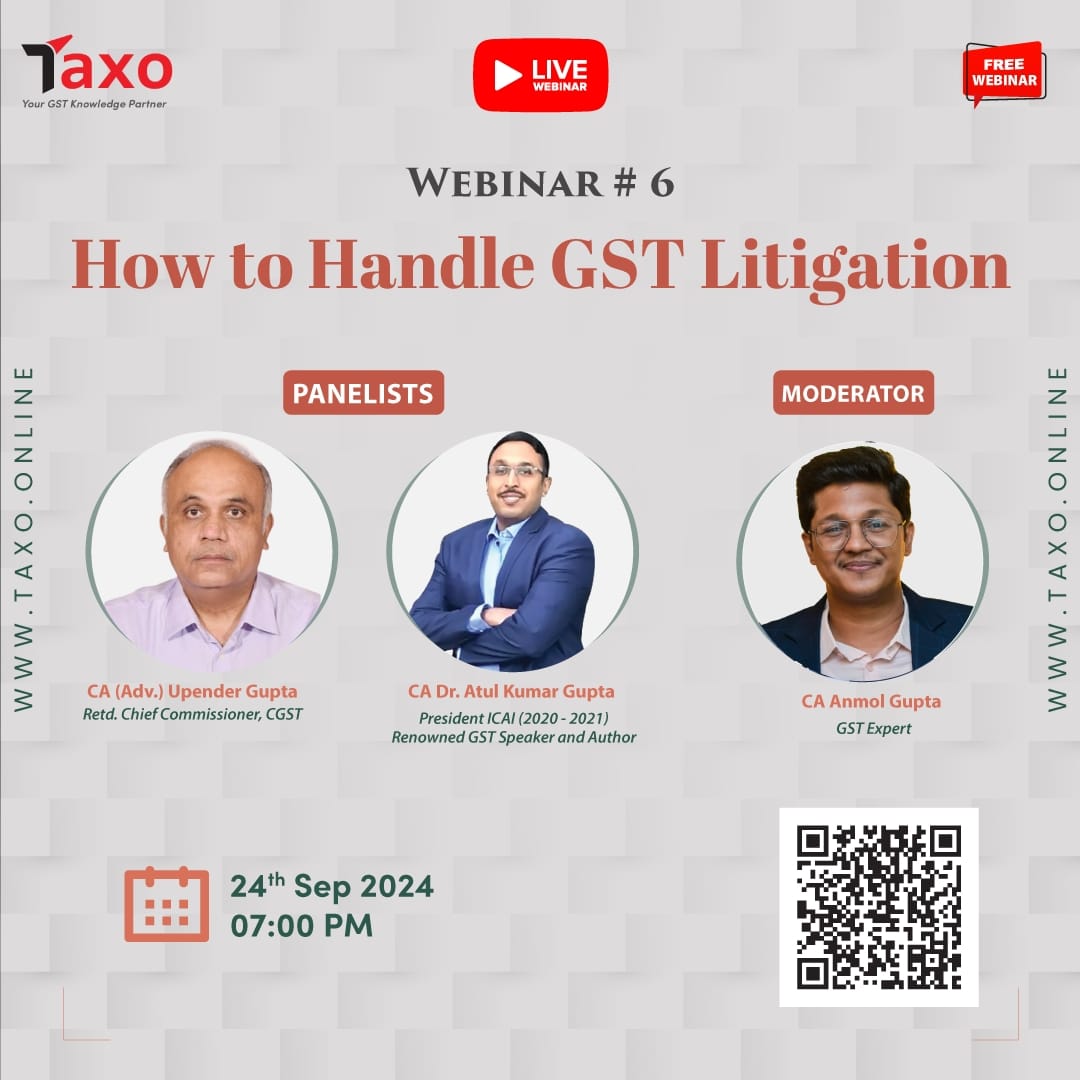 There is some relief for the auto component industry with the Central Board of Indirect Taxes and Customs (CBIC) clarifying the classification of goods on the basis of Harmonised System of Nomenclature (HSN) codes.
There is some relief for the auto component industry with the Central Board of Indirect Taxes and Customs (CBIC) clarifying the classification of goods on the basis of Harmonised System of Nomenclature (HSN) codes.
The industry had been worried after the Supreme Court dismissed a review petition filed by the finance ministry over the issue. The case originally related to excise duty, but it also has implications for customs duty and the goods and services tax (GST).
Original case
The original case related to the classification of relays used in railways. In HSN codes, exclusions are sometimes given in some chapters. For instance, Chapter 85 (the two digits refer to chapters under HSN codes) covers electrical apparatus for switching on or protecting electric circuits, including relays. Chapter 86 covers parts of railway or railway locomotive or rolling stock. There is a note for exclusion, which says that the goods that fall under Chapter 85 would not be covered under 86, even if used for railways.
The excise duty rate was higher on products under Chapter 85 than those under Chapter 86.
That was the settled principle of classification till the Westinghouse Saxby Farmer case reached the Supreme Court. The court ruled in March 2021 that relays will fall under Chapter 86 since these are predominantly used in railways in this case.
The ruling benefited the company. However, it was against other industries. For instance, many high-value auto components such as internal combustion (IC) engines come under Chapters 84 and 85, and auto falls under Chapter 87. Now, basic customs duty (BCD) is 7.5-10 per cent for goods under Chapters 84 and 85, and up to 15 per cent for those under Chapter 87.
Similarly, the GST rate is 18 per cent for the goods under Chapters 84 and 85, but it is 28 per cent if these goods fall under Chapter 87.
Hence, after the SC ruling, the auto component industry would have to pay up to 15 per cent BCD and 28 per cent GST for these components. If the principle of exclusion is applied, the industry would be paying 7.5-10 per cent BCD and 18 per cent GST for these components.
The relief
Meanwhile, the CBIC acknowledged the problem and issued an instruction in January 2022 that the Supreme Court ruling was case specific and could not be applied generally. It referred to earlier judgements that did not figure in the Westinghouse case to bring forth its point.
However, the CBIC instruction cannot override the SC judgement. To overcome this, the revenue department under the finance ministry filed a review petition in the Supreme Court. The court recently dismissed the petition.
This had created confusion in the auto component industry, particularly, with the concern that their goods would also move to Chapter 87 and that would mean higher taxes for them.
CBIC consulted the additional solicitor general on the matter. After receiving his opinion, the board clarified that its instruction remains valid and does not require any change.
Source: Business Standard
https://www.business-standard.com/article/economy-policy/classification-of-goods-cbic-comes-to-the-aid-of-auto-component-industry-122100500356_1.html


